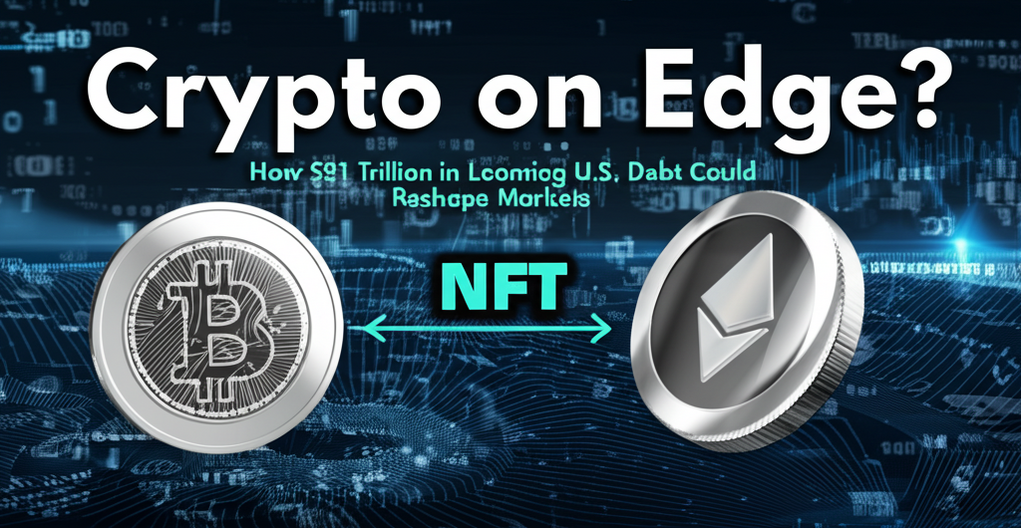Crypto on Edge? How $31 Trillion in Looming U.S. Debt Could Reshape Markets

Financial analysts are sounding a warning: the mountain of United States Treasury supply is projected to reach an unprecedented $31 trillion by 2025, creating ripples that could significantly affect the macro environment and crypto markets.
A recent financial research report highlights expectations for U.S. Treasury issuance to soar, potentially hitting $31 trillion within the next year. This dramatic increase would push government debt supply to roughly 109% of the nation’s gross domestic product and 144% of the M2 money supply.
Such figures point towards significant financing pressures ahead, including challenges from refinancing existing debt through auctions. Market participants are advised to monitor this developing situation closely, as shifts in broad money supply metrics like M2 often foreshadow movements in stocks, bonds, and alternative asset classes like digital assets.
Analysts emphasize that international appetite for U.S. debt will be a critical factor amidst this massive issuance wave. Estimates suggest foreign entities will hold approximately one-third of the projected supply.
[Chart illustrating projected U.S. Treasury auction volume]
A decline in foreign demand, whether due to geopolitical shifts or simple portfolio adjustments, could trigger a surge in financing costs. This scenario would likely push already elevated yields even higher.
Even if global demand remains consistent, the sheer volume of new debt presents a structural hurdle. While recent optimism in some market segments might offer temporary relief, the report notes that the immense supply pipeline is expected to exert ongoing pressure on interest rate markets throughout 2025.
Risk assets, including equities and cryptocurrencies like Bitcoin (BTC), have already faced downward pressure recently, compounded by trade uncertainties and a cautious Federal Reserve reluctant to cut interest rates. Persistent upward pressure on yields, driven by the surge in Treasury supply, could further dampen sentiment for these assets.
However, there’s an alternative possibility. Should the government resort to debt monetization—effectively increasing the money supply to manage debt—it could paradoxically boost risk assets. In such a scenario, investors seeking protection from potential currency debasement might increasingly turn to Bitcoin and other perceived “hard assets.”
